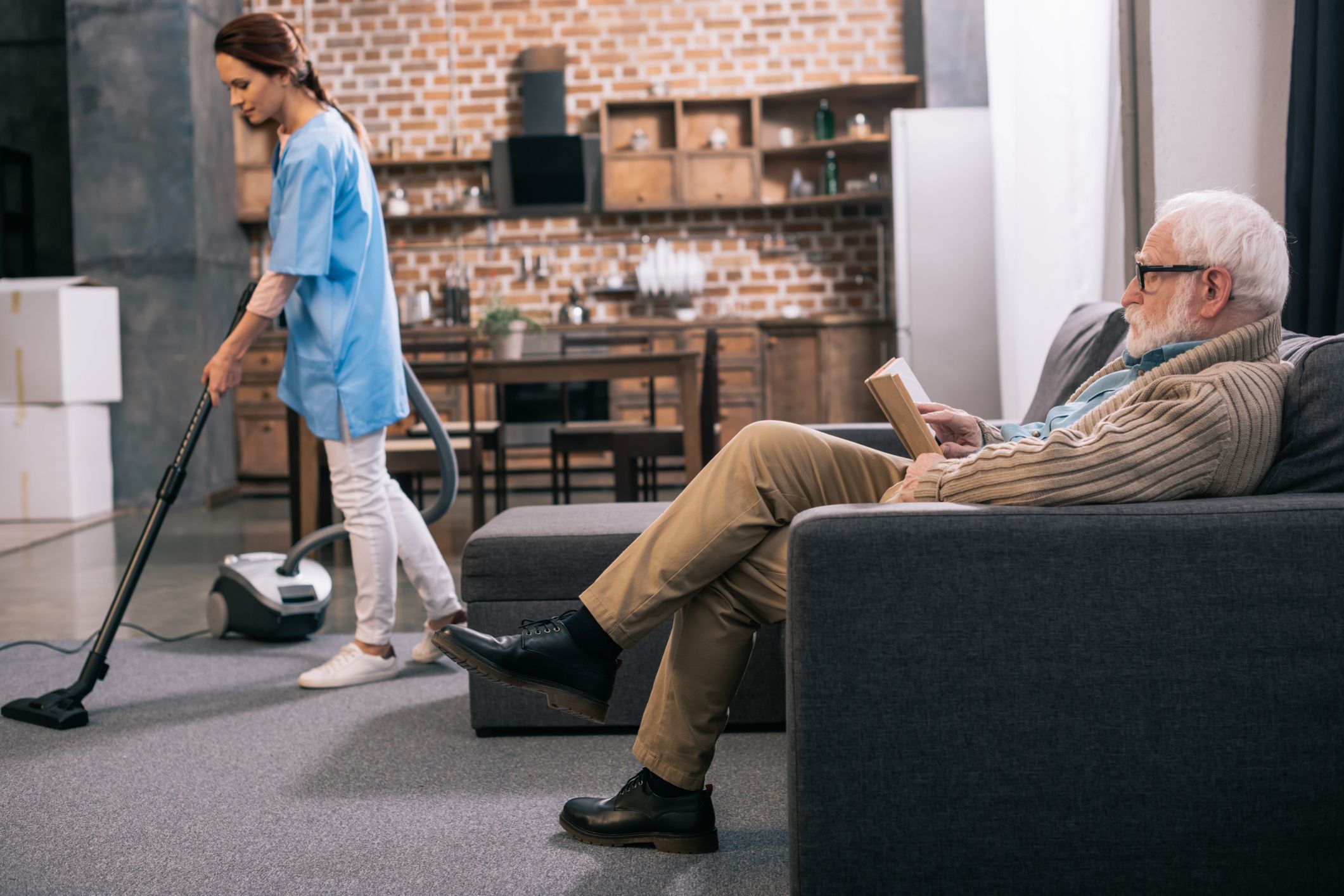
Are you covered by insurance?
Consider another example. You make a medication error that causes injury to the client.
Mistakes happen – but are you covered by insurance?
The issue of whether home care workers are covered by insurance was raised recently in a post on HelloCare’s Aged Care Worker Support Group on Facebook.
A member wrote, “I work for a client in the community four days a week and found out she has no house insurance, this means no public liability.”
According to Safe Work Australia, health care and social assistance workers are among the highest risk in terms of occupational health and safety due to the nature of their work, which can be physically demanding, repetitive and can expose workers to stress and violence.
Many health care professionals, including home care workers, also work alone, which increases their risk at work.
Some of the common risks home care workers face include:
Most members of the support group who commented on the post said home care workers are covered by their home care provider employer’s insurance policies.
But what of independent home care workers who are employed through a platform, such as Mable?
Mable’s CEO, Peter Scutt, told HelloCare in a written statement that “a safe environment for both the client and the independent support provider is paramount in providing quality care”.
Support providers who take on jobs through the Mable platform are covered by three types of insurance:
These insurances are covered by the fees charged to support workers for using the platform.
Depending on the policy, Mable’s insurance can cover support workers for costs and damages awarded against them from the provision of nursing care, personal care, social support and domestic care services.
Mable refers support workers to associated insurance brokers to make and manage their claims.
The author of the original post said she was concerned about insurance cover when performing tasks, such as walking the dog outside the property, chopping firewood and gardening outside.
Workers providing home care services through the Mable platform may decide to take out additional insurance such as Workers Compensation Insurance.
According to Safe Work Australia, a person conducting a business, such as a home care worker, must identify hazards and manage the associated risks in their workplaces.
Common hazards and risks in the health care industry include ergonomic hazards, such as lifting and moving people, occupational violence, work-related stress, fatigue and slips, trips and falls.
Once risks are identified they can be substituted for something safer, isolated, for example, with an exclusion zone, or use an engineering solution to minimise the risk, such as using a lifting aid to minimise manual handling.
For more information about managing risks in the health care workplace, Safe Work Australia provides the following information here.
Mable provides support workers with a Home Assessment Safety Checklist to help identify risks and hazards in clients’ homes and recommends support workers complete the checklist when they begin working for a new client.
The checklist includes items such as the safety of parking and access to the home, the identification of any weapons on the premises, whether there is sufficient space around the bed, and whether the client has any history of aggression or violence.
So, in answer to the original question, home care workers should be covered by insurance when they are working in their client’s home, whether it be through their employer or the operator of an online platform.